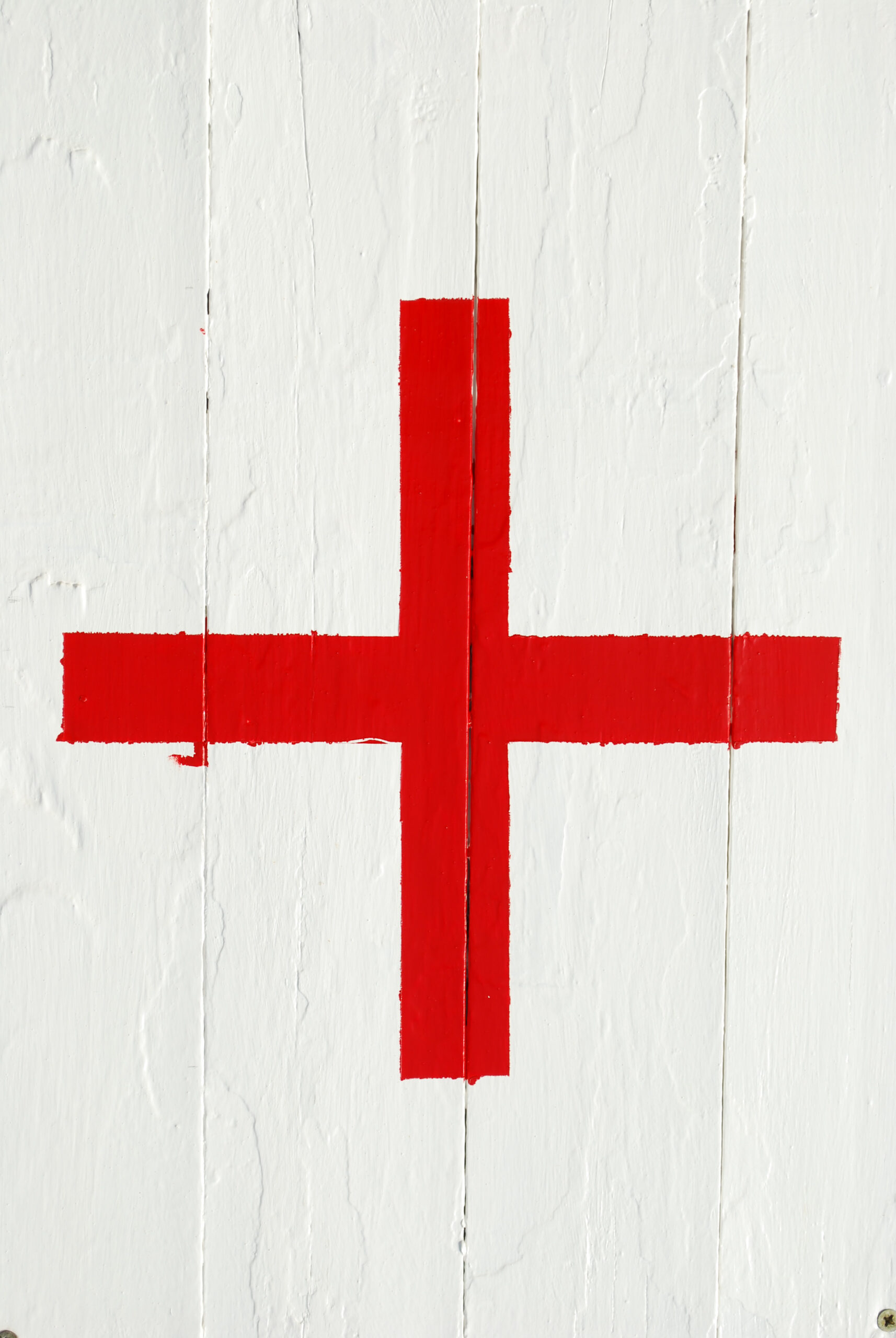In an unpredictable world, being prepared for emergencies is not just a smart choice; it’s a crucial responsibility. Whether natural disasters like hurricanes and earthquakes are frequent in your area or man-made crises loom, understanding the risks and preparing accordingly can make all the difference when the unexpected strikes.
*Understanding the Risks: Assessing Potential Emergencies in Your Area**
The first step towards emergency preparedness is recognizing what threats you might face. Each region has its unique set of challenges—coastal areas may contend with floods or hurricanes, while urban settings could be more susceptible to industrial accidents or civil unrest. Start by researching local historical data about disasters that have occurred. Engage with community resources and local government websites to glean information on potential hazards. This knowledge isn’t merely academic; it empowers you to take proactive measures tailored to your specific circumstances.
*Essential Supplies: Building Your Comprehensive Emergency Kit**
An emergency kit is invaluable during crises. But what should it contain? Begin with the essentials: non-perishable food items, bottled water (at least one gallon per person per day), first aid supplies, flashlights, batteries, and a multi-tool can form the backbone of your kit. Don’t forget medications you or any family member may need, as well as important documents stored in waterproof bags.

Consider adding comfort items too—a favorite book, games for children, or extra blankets. You never know how long you might be without power or access to normalcy during an emergency. Regularly check and update your kit every six months; replace expired food and medications and adjust according to changing family needs.
*Creating a Family Emergency Plan: Communication, Evacuation, and Safety**
A well-thought-out family emergency plan can save lives. Begin by establishing clear communication lines among family members—who will call whom? Designate an out-of-town contact who can serve as a central point of communication if local lines go down.
Next, outline evacuation routes from your home and identify safe meeting points where everyone knows they should go if separated. Familiarize yourself with local shelters too—they might be necessary if staying at home isn’t feasible due to safety concerns.
Thank you for reading this post, don't forget to subscribe NOW for FREE!
Incorporating drills into this plan can be beneficial as well; practice fire drills or evacuation exercises so that everyone feels confident in their roles during real emergencies.
*Staying Informed: Utilizing Technology and Resources for Real-Time Updates**
In today’s digital age, staying informed is easier than ever but requires intentionality. Sign up for alerts from local weather services or disaster management agencies via text message or app notifications—these tools provide real-time updates on emergencies unfolding in your vicinity.
Social media platforms can also serve as valuable resources for community-driven updates; follow local news outlets for immediate information about unfolding situations. Moreover, consider downloading emergency preparedness apps that offer checklists, tips on coping strategies during crises, and even maps that guide you toward safety locations.
Preparedness isn’t just about stuffing supplies into a bag; it’s creating a culture of readiness within yourself and your loved ones through awareness and action. By assessing risks specific to your area, curating essential supplies carefully tailored for your needs, establishing effective communication plans within your household, and leveraging technology for timely information—you’re not only safeguarding yourself but also reinforcing resilience within your community.
Stay safe by being prepared!






